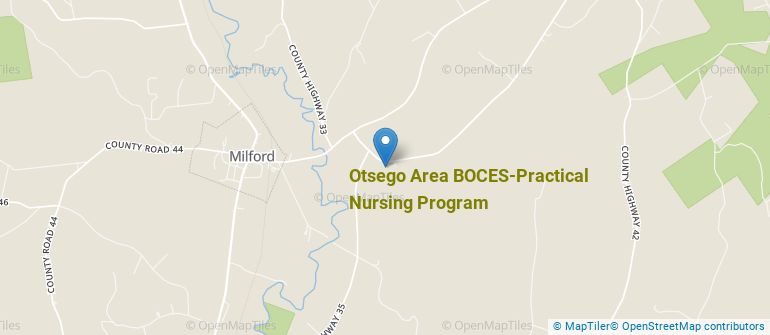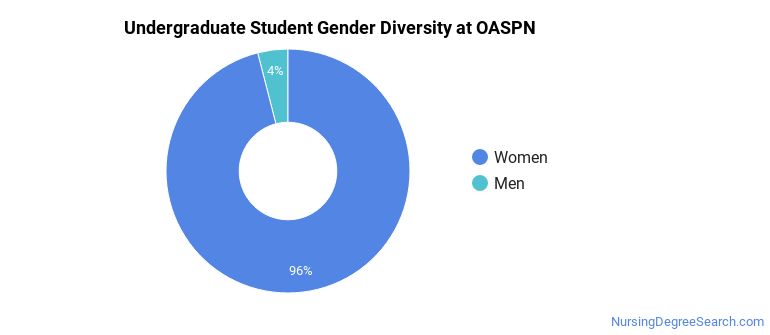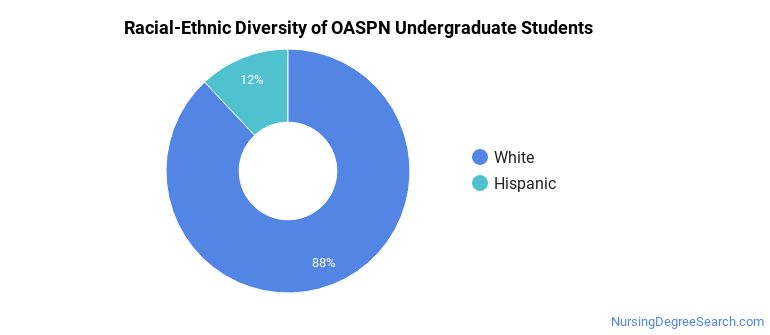Otsego Area BOCES-Practical Nursing Program Nursing Programs
Otsego Area BOCES-Practical Nursing Program is a public institution situated in Oneonta, New York. The surrounding location of Oneonta is ideal for students who enjoy the charms of a college town.
Where Is Otsego Area BOCES-Practical Nursing Program?

Contact details for OASPN are given below.
| Contact Details | |
|---|---|
| Address: | 31 Center Street 3Rd Floor, Oneonta, NY 13820-1142 |
| Phone: | 607-431-2562 |
| Website: | www.oncboces.org |
How Do I Get Into OASPN?
You can apply to OASPN online at: www.oncboces.org/
Can I Afford Otsego Area BOCES-Practical Nursing Program?
Student Loan Debt
It's not uncommon for college students to take out loans to pay for school. In fact, almost 66% of students nationwide depend at least partially on loans. At OASPN, approximately 64% of students took out student loans averaging $7,672 a year. That adds up to $30,688 over four years for those students.
The student loan default rate at OASPN is 3.8%. This is significantly lower than the national default rate of 10.1%, which is a good sign that you'll be able to pay back your student loans.
Otsego Area BOCES-Practical Nursing Program Undergraduate Student Diversity
Gender Diversity
Of the 25 full-time undergraduates at OASPN, 4% are male and 96% are female.

Racial-Ethnic Diversity
The racial-ethnic breakdown of Otsego Area BOCES-Practical Nursing Program students is as follows.

| Race/Ethnicity | Number of Grads |
|---|---|
| Asian | 0 |
| Black or African American | 0 |
| Hispanic or Latino | 3 |
| White | 22 |
| International Students | 0 |
| Other Races/Ethnicities | 0 |
Otsego Area BOCES-Practical Nursing Program Nursing Concentrations
The table below shows the number of awards for each concentration.
| Major | Undergraduate Certificate | TOTAL |
|---|---|---|
| Licensed Practical/Vocational Nurse Training | 17 | 17 |
| TOTAL | 17 | 17 |
References
*The racial-ethnic minorities count is calculated by taking the total number of students and subtracting white students, international students, and students whose race/ethnicity was unknown. This number is then divided by the total number of students at the school to obtain the racial-ethnic minorities percentage.
More about our data sources and methodologies.
